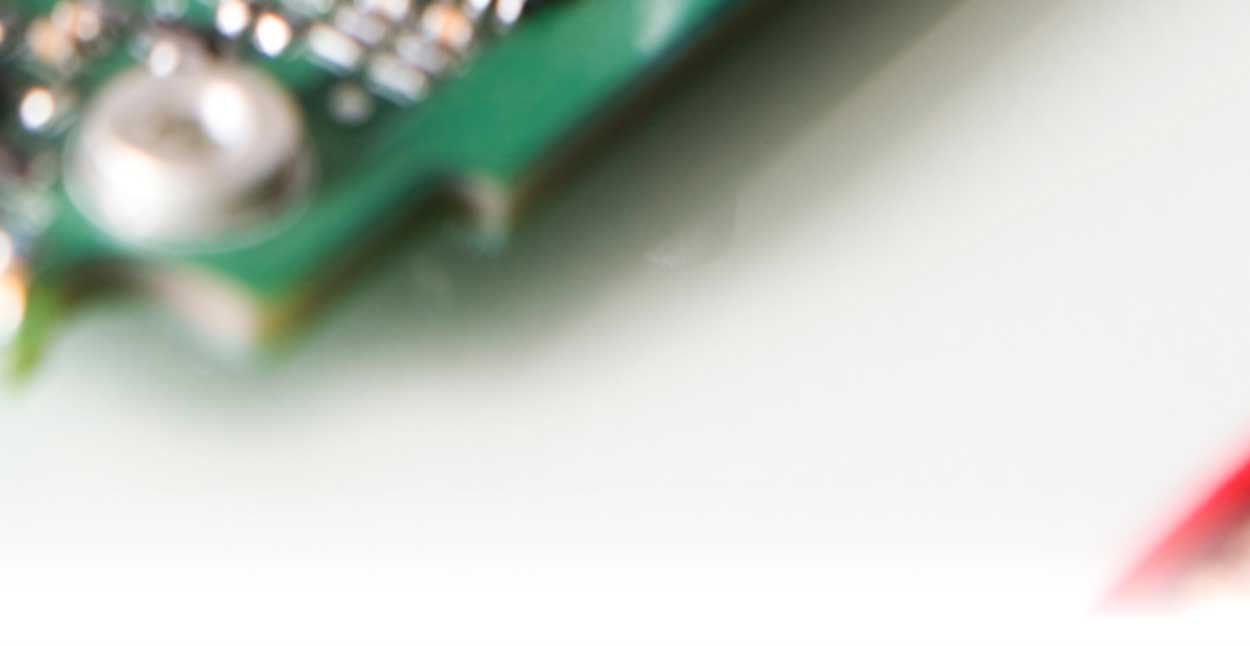To see video compression and forward error correction core solutions, visit us at Rambus here.
About Rambus
Rambus is pushing the frontier of performance and security in next-generation data center, and a leading provider of chips and IP. To contact us, click here.

